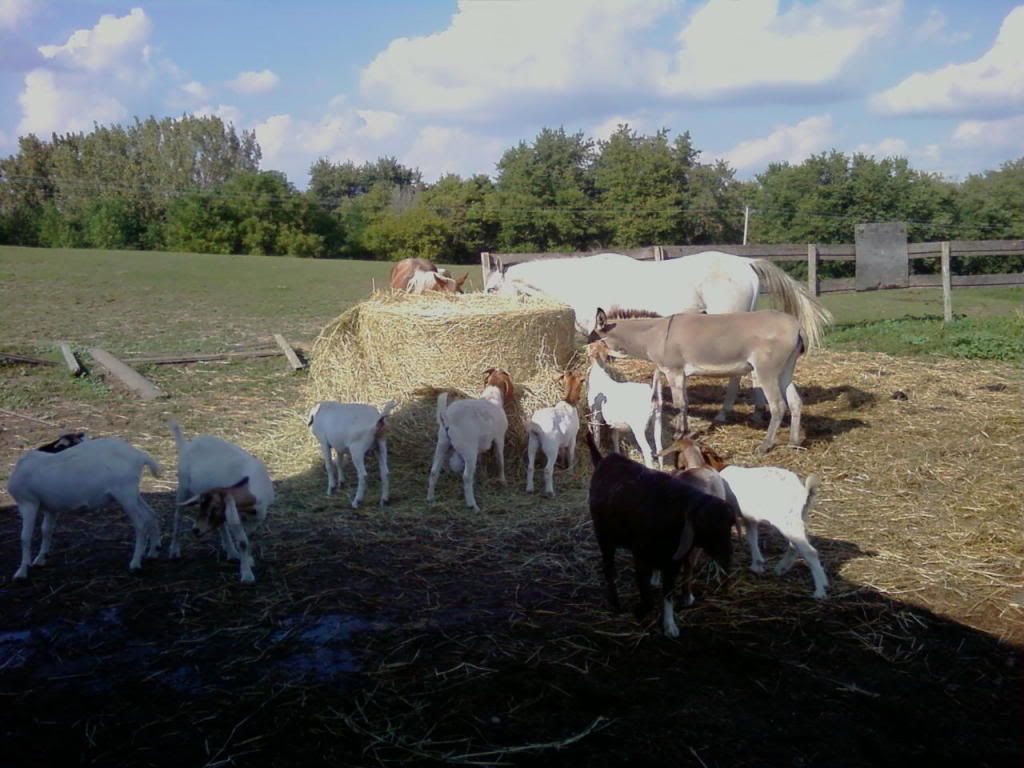lupinfarm
Loving the herd life
But beet pulp is essentially just sugar, I would think that a balanced/complete feed would be good for their gut. My pony was on exclusively alfalfa mix hay and hi fat hi fibre complete feed (plus a salt block and water obv.) when we got her to gain weight, and she gained nicely, and looks great and that was in the WINTER.RayNC said:We have only one horse and use round bales almost exclusively
We have a 20x20 run in shed/barn... no stalls...we set the bale on the floor on rubber stall mats. Free choice along with water, salt and mineral blocks. A bale (5x6) last about a month with very little waste. My wife also picks up loose hay inside that he pulls out and fills a haybag that hangs outside in a tree that he plays with during the day. As far as I'm concerned free choice hay and beet pulp are 2 of the most important things you can do to keep their gut working properly.
I have never been impressed with beet pulp, it is not a substitute for a balanced diet, and in more cases than I care to recollect, it has made the horses so hot in the winter that they just burn off all the fat they put on by eating, my TB mare was like that all winter at a barn we boarded at until we switched her to coco pops (hi fat hi fibre, special, with way more fat in it than the regular stuff).

